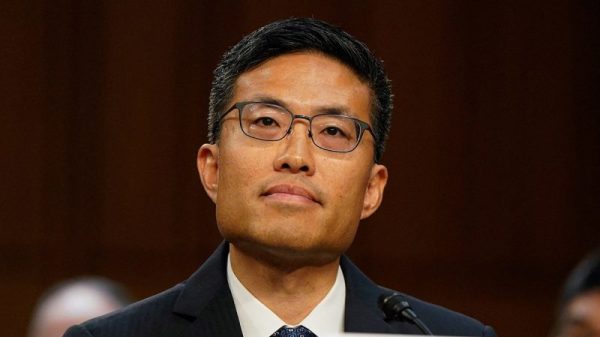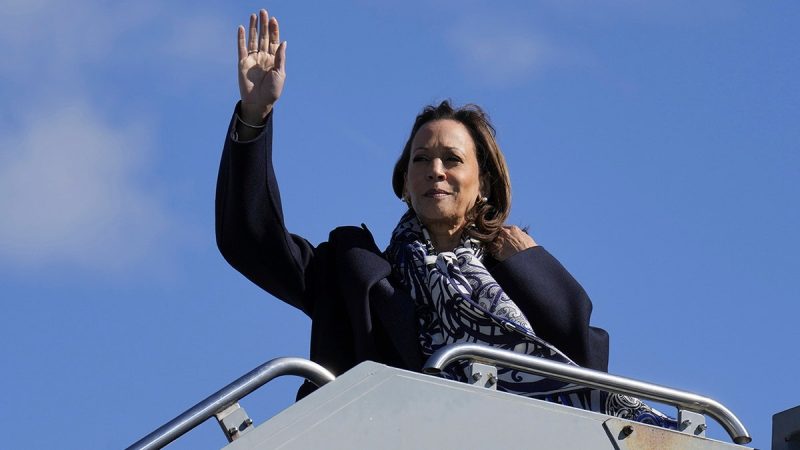In a society where gender roles and expectations play a significant role in shaping individuals’ identities and opportunities, the participation of boys in traditionally female-dominated sports has sparked discussions and debates. The increasing interest and involvement of boys in activities such as dance, figure skating, gymnastics, and cheerleading challenge preconceived notions about gender and sports. While some view this as a positive development that promotes inclusivity and breaks down stereotypes, others raise concerns about the potential impact on girls’ opportunities and the need for reparations in historically male-centric sports.
The ambitions, hopes, dreams, and aspirations of boys playing girls’ sports highlight the evolving landscape of gender representation in athletics. Boys who choose to pursue activities traditionally associated with girls often face stereotypes, discrimination, and backlash from their peers and society. These challenges can be exacerbated by toxic masculinity norms that dictate what is considered acceptable for boys to engage in. Despite these obstacles, many boys are undeterred, showing bravery and determination in pursuing their passions regardless of societal expectations.
Boys participating in girls’ sports bring a fresh perspective and dynamic energy to traditionally female-dominated fields. Their unique experiences and skills can contribute to a more diverse and inclusive athletic environment, challenging stereotypes and promoting equality. By breaking gender barriers and defying stereotypes, boys playing girls’ sports pave the way for greater acceptance and understanding of individual interests and talents beyond traditional gender norms.
At the same time, the increased participation of boys in girls’ sports raises questions about equity and access for girls in historically male-dominated sports. Reparations, such as providing equal resources, opportunities, and support for female athletes, are crucial to ensuring that girls have the same chances to excel in sports as their male counterparts. Addressing systemic barriers and biases in sports is essential to creating a level playing field for all athletes, regardless of gender.
In conclusion, the ambitions, hopes, dreams, and aspirations of boys playing girls’ sports reflect the changing dynamics of gender representation in athletics. While their participation challenges traditional norms and promotes inclusivity, efforts must be made to ensure equity and access for all athletes, regardless of gender. By supporting and celebrating diversity in sports, we can create a more inclusive and welcoming environment for athletes of all backgrounds and identities.


































